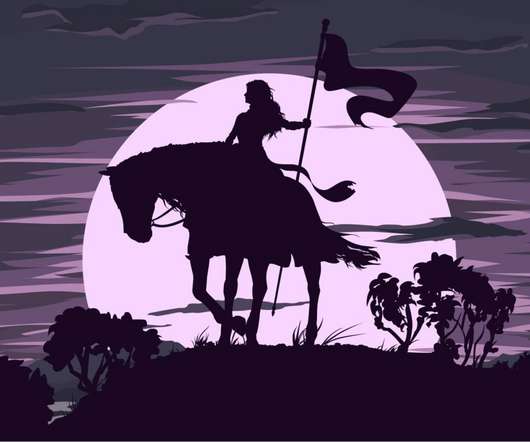Instructional Storytelling: How to Use it In Your Corporate Training
eLearningMind
DECEMBER 19, 2022
It’s the classic storyline pattern from all of your favorite childhood fairytales: Hero is introduced; hero encounters trials; hero rises triumphant. Professor of Literature and mythologist Joseph Campbell was the first to formally identify the archetypal protagonist’s pattern in his 1949 book, The Hero with a Thousand Faces.





























Let's personalize your content